
Duckweeds Quick Treatment Reference Guide
There are three major species of duckweed present in Australia; Lemna minor, Spirodela polyrhiza and Wolffia arrhiza. Duckweed is a native, fast-growing weed which can form dense mats that can cover the entire surface of a water body.
Lemna Minor
A common tiny native plant which floats
freely on the water’s surface. The leaves
of the plant are green above and red
below. They have three (rarely five) veins
and small air spaces to assist flotation.

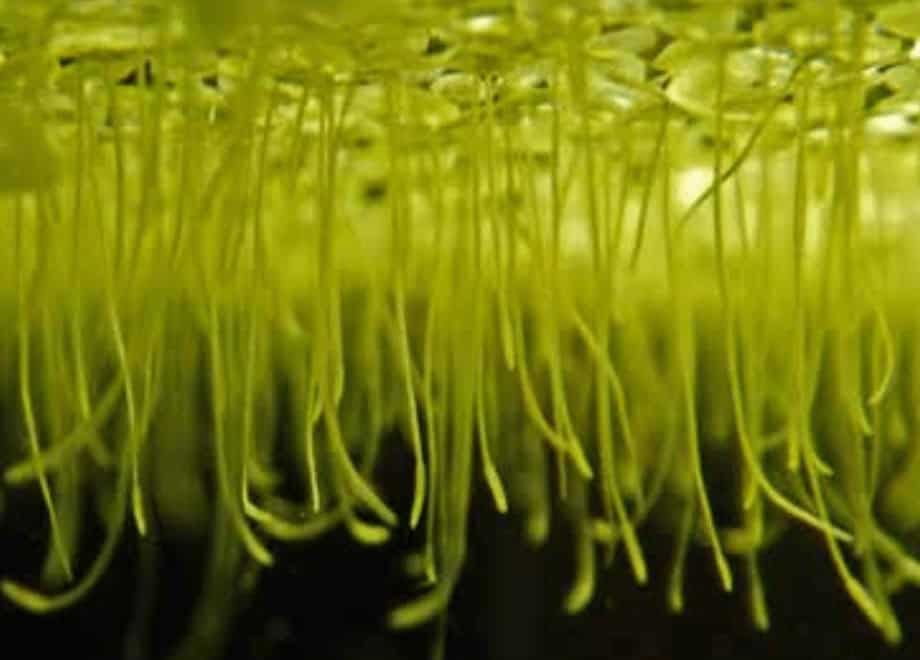
Spirodela polyrhiza
A free floating aquatic plant that is typically
larger than other species of Duckweed. It
usually has two to three oval leaves which
are 5 to 10 mm long with several veins, 7
to 16 on each leaf.

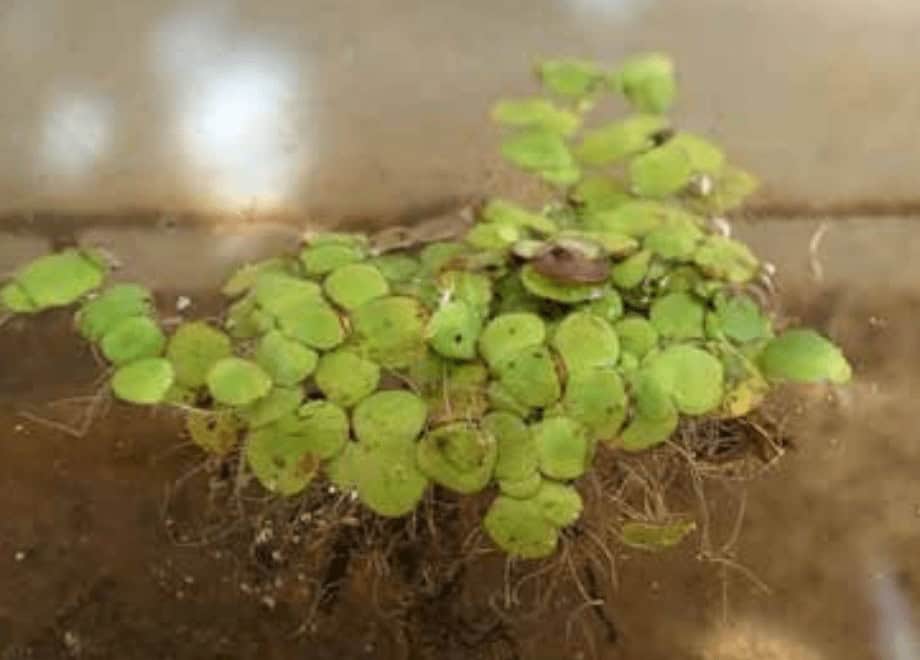
Wolffia arrhiza
sdfA native plant typically smaller than the
other species of Duckweed. The green
part of the plant, the frond, is a sphere
measuring about 1 mm wide, but with a
flat top that floats at the water’s surface.

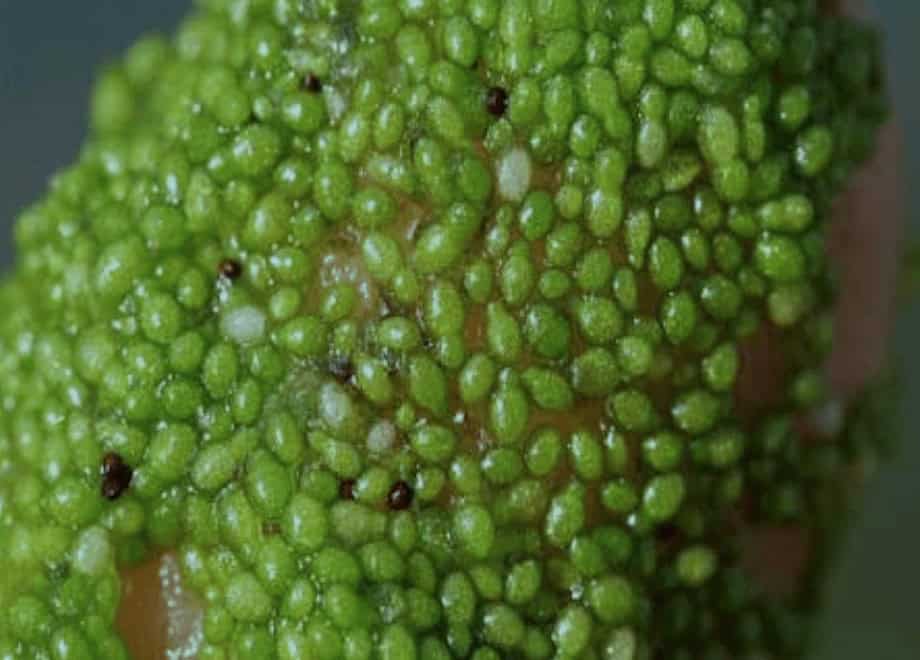
Primary Growth Stage: 0-30% of the water body is covered in Duckweed
Primary growth occurs in the early stages of an infestation, when plants are not crowded.
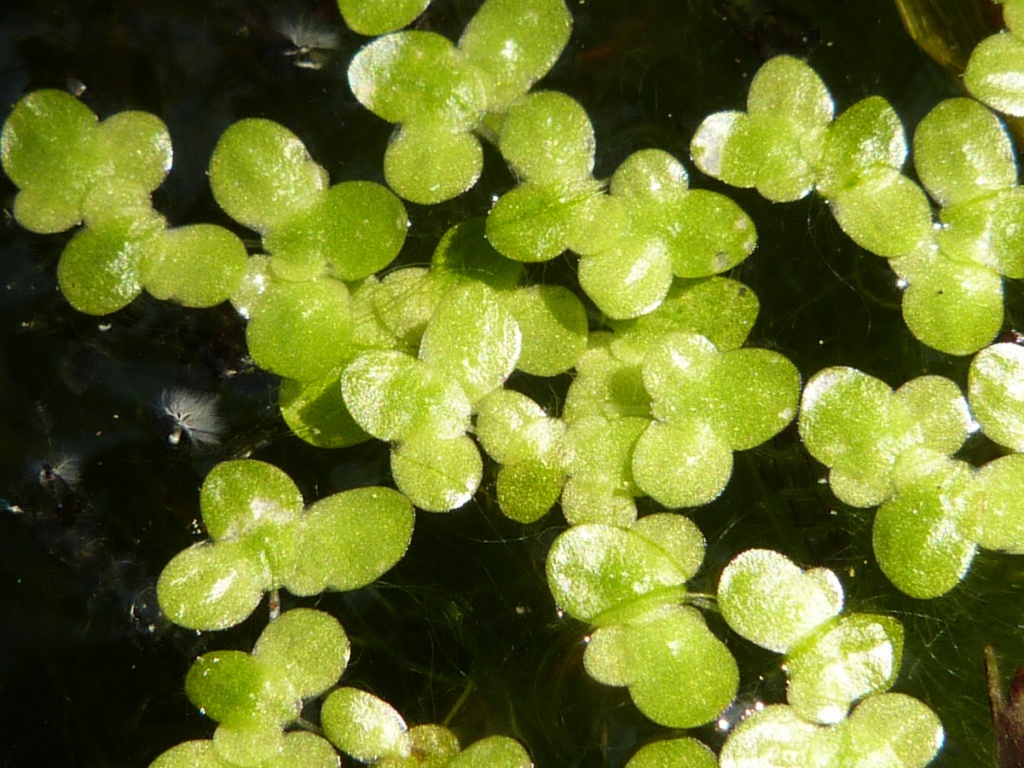
Secondary Growth Stage: 30-60% of the water body is covered in Duckweed
Secondary growth occurs when the water surface is barely visible but the Duckweed is still only a single layer.

Tertiary Growth Stage: 60-100% of the water body is covered in Duckweed
Tertiary growth occurs when the plants become crowded and mature in infestation. Overlapping in common.
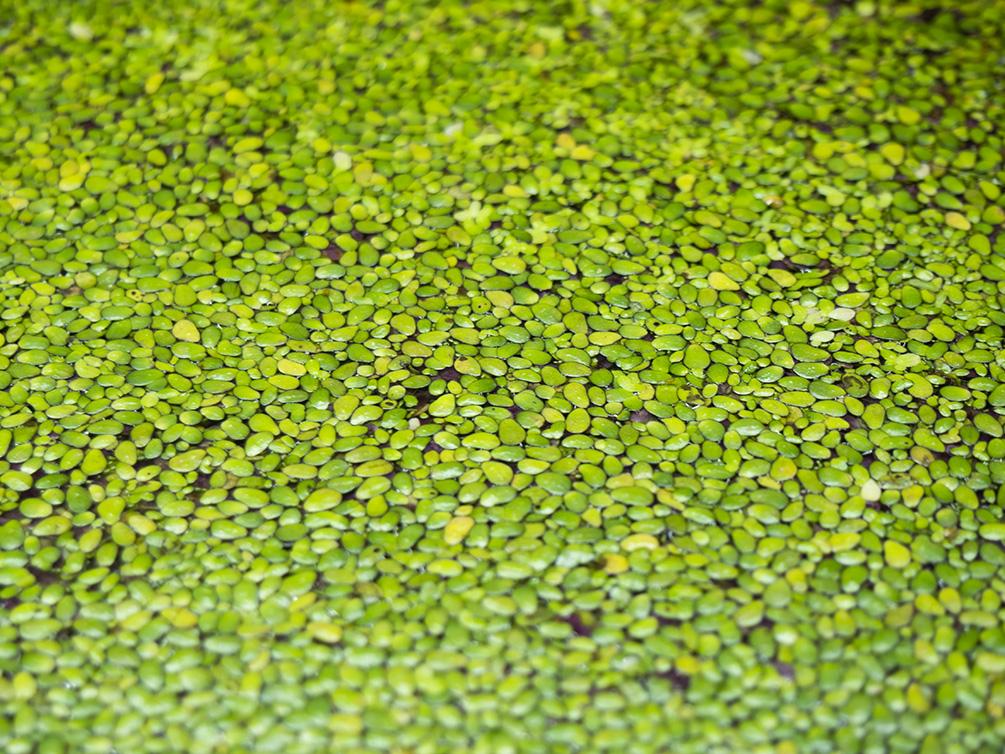
Multilayered Growth Stage: 100%+ of the water body is covered in Duckweed (mature & overlapping growth)
Tertiary weed mats become multilayered, displaying ridge-like thickenings as layers overlap and build up.
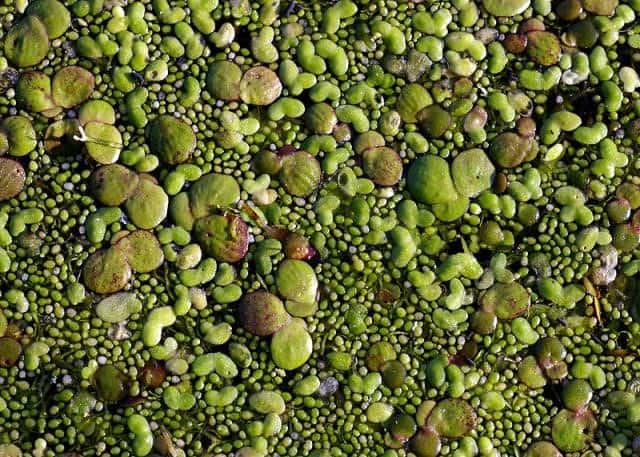
Once you have categorised your Duckweed bloom, you can then choose your treatment.
Use the table below to help you:

TREATMENTS AQUATIC TECHNOLOGIES OFFER:
Chemical Herbicide Treatment: AQ200 + Wetting Agent
1L of AQ200 + 500mL Wetting Agent will treat between 250m² – 500m² of surface area
depending on how dense the Duckweed growth is.
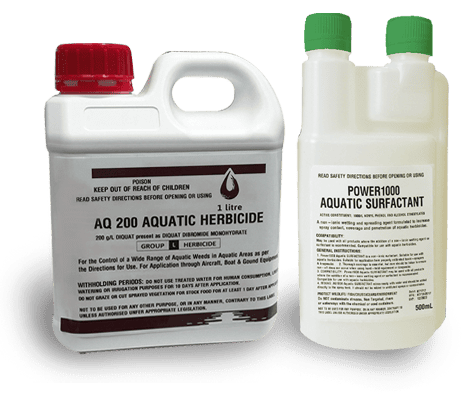
Tips for treatment:
- If Duckweed is greater than 60% surface coverage and/or is multilayered, AQ200 is the
only treatment method that will work. - AQ200 is a 1-hit application that requires no follow up. Spot treat any new Duckweed with AQ200 as needed.
- Using a gentle shower spray, spray the AQ200 + Wetting Agent evenly to make contact with the Duckweed.
When multilayered, make sure to well wet the Duckweed with AQ200 to get good coverage. - AQ200 is a non-residual herbicide that has a strict 10-day withholding period after use. DO NOT use the
water for human consumption, irrigation, livestock watering, etc. for 10 days after application. - In 1997, the APVMA implemented new regulations regarding the usage of Glyphosate in aquatic
environments within Australia. These regulations stipulated that Glyphosate is no longer permitted for use in
treating weeds that grow in or over bodies of water in Australia. Furthermore, the application of Glyphosate
via spraying across open water surfaces or allowing Glyphosate to enter bodies of water is strictly prohibited.
Instead, Glyphosate may only be used for the treatment of dry drains and channels, as well as the dry margins
of dams, lakes, and streams. Additionally, users must ensure that water does not return to these treated areas
within a 4-day period after application. Therefore, using Glyphosate herbicides in water is not permitted. Only
use an approved aquatic herbicide like AQ200 in such cases.
Orange Oils: Natural Treatments
1L of Orange Oil will treat between 250² – 500m² of surface area
depending on the Duckweed coverage.
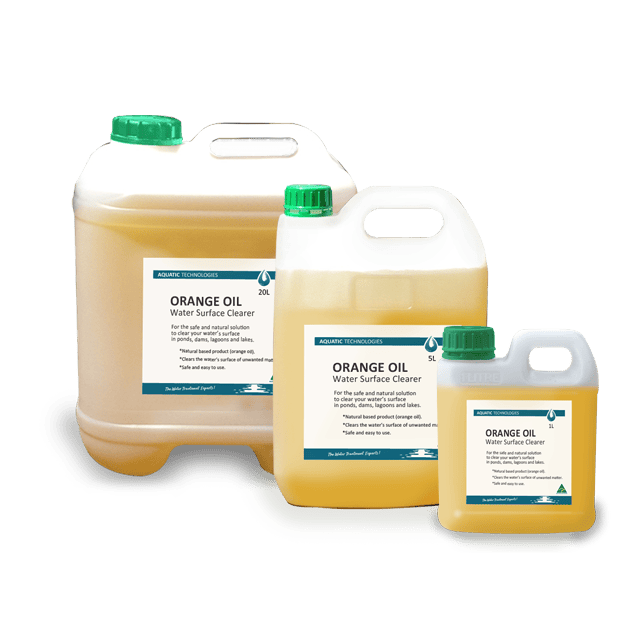
Tips for treatment:
- Suitable for lower level infestations up to 60% surface coverage. For large infestations greater than 60%
coverage, consider AQ200 or physical removal. - Orange Oil is a natural herbicide that won’t alter the water and has no withholding period. The water can
be used immediately after application. - Orange Oil requires a minimum of 3 separate applications, on day 1, day 2, and day 4. It’s advised to do
several light applications, instead of a single heavy dose.
Physical Removal: Duckweed Skimmers
Tips for treatment:
Physically removing Duckweed from the water’s surface with an Duckweed Skimmer will reduce the likelihood of
future blooms by decreasing the total amount of nutrients in your waterbody. Nutrient-rich water lets aquatic
vegetation thrive, meaning you may experience repeat infestations of unwanted Duckweed or other aquatic weeds.
Easily remove Duckweed from your water body in 5 steps:
- Toss the skimmer in the water
- Slowly pull it back in using the string attached
- Dump the Duckweed out onto the bank or into a container for easy transport
- Repeat
- Follow-up spot spraying with either AQ200 or Orange Oil herbicide is recommended.


